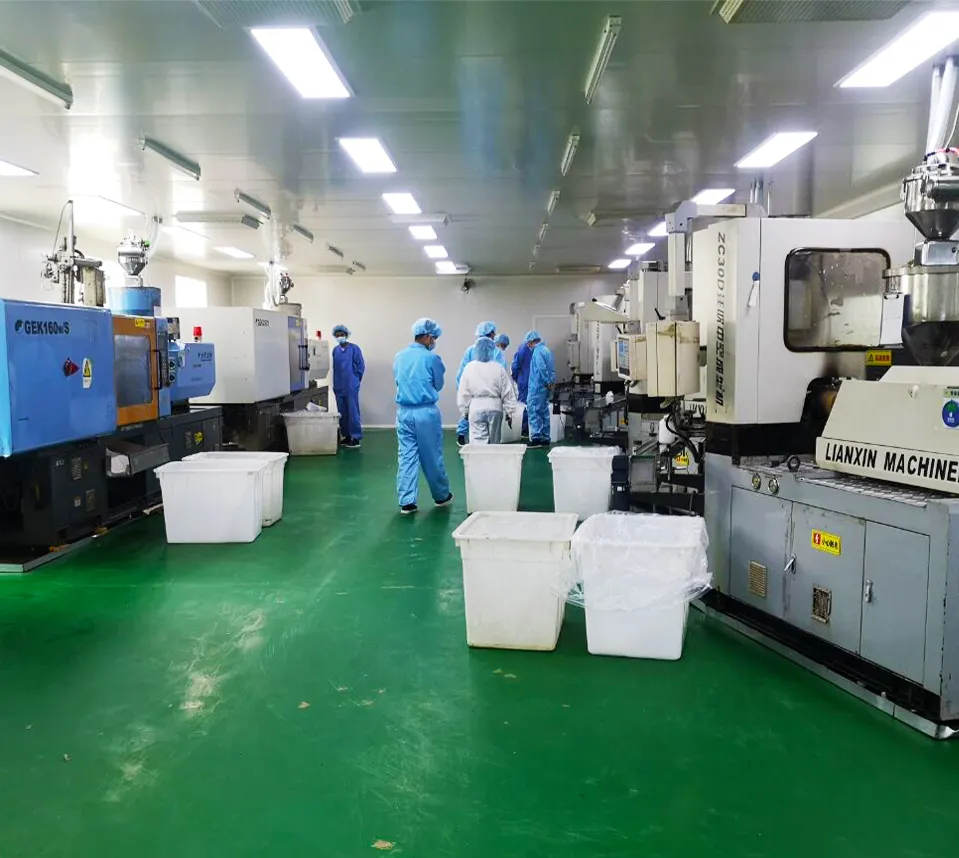laboratory safety supplies
Laboratory Safety Supplies Essential Components for a Safe Working Environment
In today’s fast-paced scientific environment, ensuring the safety of laboratory personnel is of utmost importance. Laboratories, whether they are involved in research, academic studies, or industrial processes, present unique hazards that can pose significant risks to health and well-being. To mitigate these risks, appropriate laboratory safety supplies must be used. This article will explore the essential components of laboratory safety supplies and their role in creating a safe working environment.
Personal Protective Equipment (PPE)
One of the most critical aspects of laboratory safety supplies is Personal Protective Equipment (PPE). PPE serves as the first line of defense against a variety of hazards, including chemical spills, biological exposure, and physical injuries. The basic components of PPE include
1. Gloves Nitrile, latex, and rubber gloves protect the hands from chemicals, biological agents, and physical harm. It is essential to choose gloves that are appropriate for the tasks being performed, considering both the chemical resistance and the dexterity required.
2. Lab Coats and Gowns Protective lab coats or gowns should be worn to shield skin and clothing from hazardous materials. They should be made from materials that can resist chemical penetration and be easily decontaminated.
3. Safety Goggles and Face Shields Eye protection is vital in preventing injuries from splashes, flying debris, and intense light. Safety goggles should be worn at all times when there is a risk of eye exposure to hazardous materials. In certain situations, face shields may also be necessary for added protection.
4. Respirators and Masks In laboratories where there is exposure to harmful vapors, gases, or aerosols, appropriate respiratory protection is crucial. Depending on the level of exposure, respirators can range from simple masks to more complex systems with filters that are designed to protect against specific contaminants.
Emergency Equipment
In addition to PPE, laboratories must be equipped with emergency supplies to handle potential accidents quickly and effectively
laboratory safety supplies

1. Eyewash Stations These stations allow for immediate rinsing of the eyes in the event of a chemical splash. Compliance with regulatory standards mandates that these stations be easily accessible and properly maintained.
2. Safety Showers Similar to eyewash stations, safety showers are critical for decontaminating the body after exposure to hazardous substances. It is important that these showers be located in close proximity to areas where dangerous materials are handled.
3. First Aid Kits A well-stocked first aid kit should be readily available in every laboratory. The kit should contain items such as adhesive bandages, antiseptic wipes, and other essential supplies to treat minor injuries promptly.
4. Spill Kits Chemical spill kits should be in place to address spills of hazardous materials efficiently. These kits can contain absorbent materials, neutralizing agents, and personal protective gear to ensure safe clean-up.
Labeling and Signage
Effective labeling and signage play a pivotal role in laboratory safety. All chemicals must be clearly labeled with their contents, hazards, and proper handling instructions. Additionally, conspicuous signage should be used to indicate the location of emergency equipment, chemical storage areas, and potential hazards.
Training and Awareness
Ultimately, no amount of safety supplies can guarantee a safe laboratory environment without adequate training and awareness among personnel. Regular training sessions on the proper use of PPE, emergency procedures, and safe handling practices are essential to foster a culture of safety.
Conclusion
Laboratory safety supplies are indispensable in minimizing risks and protecting the health and safety of laboratory personnel. By ensuring the availability of adequate PPE, emergency equipment, and clear signage, alongside maintaining a culture of safety through training and awareness, laboratories can create an environment where scientific discovery can thrive without compromising safety. Investing in proper laboratory safety supplies is not just a regulatory obligation; it reflects a commitment to the well-being of everyone in the lab.
-
Aesthetic Makeup Spray Bottles | Fine Mist Empty RefillableNewsAug.19,2025
-
White Plastic Veterinary Vaccine Vials | Lab Liquid BottlesNewsAug.18,2025
-
Plastic Medicine Liquid Bottle: Secure Flip Top Drug VialsNewsAug.17,2025
-
Durable 250ml Blue Plastic Vaccine Vial for Lab & Vet UseNewsAug.16,2025
-
Sterile Virus Sample Tubes: Secure & Reliable Specimen CollectionNewsAug.15,2025
-
White 250ml Plastic Vaccine Vial for Lab & Vet MedicineNewsAug.14,2025
























